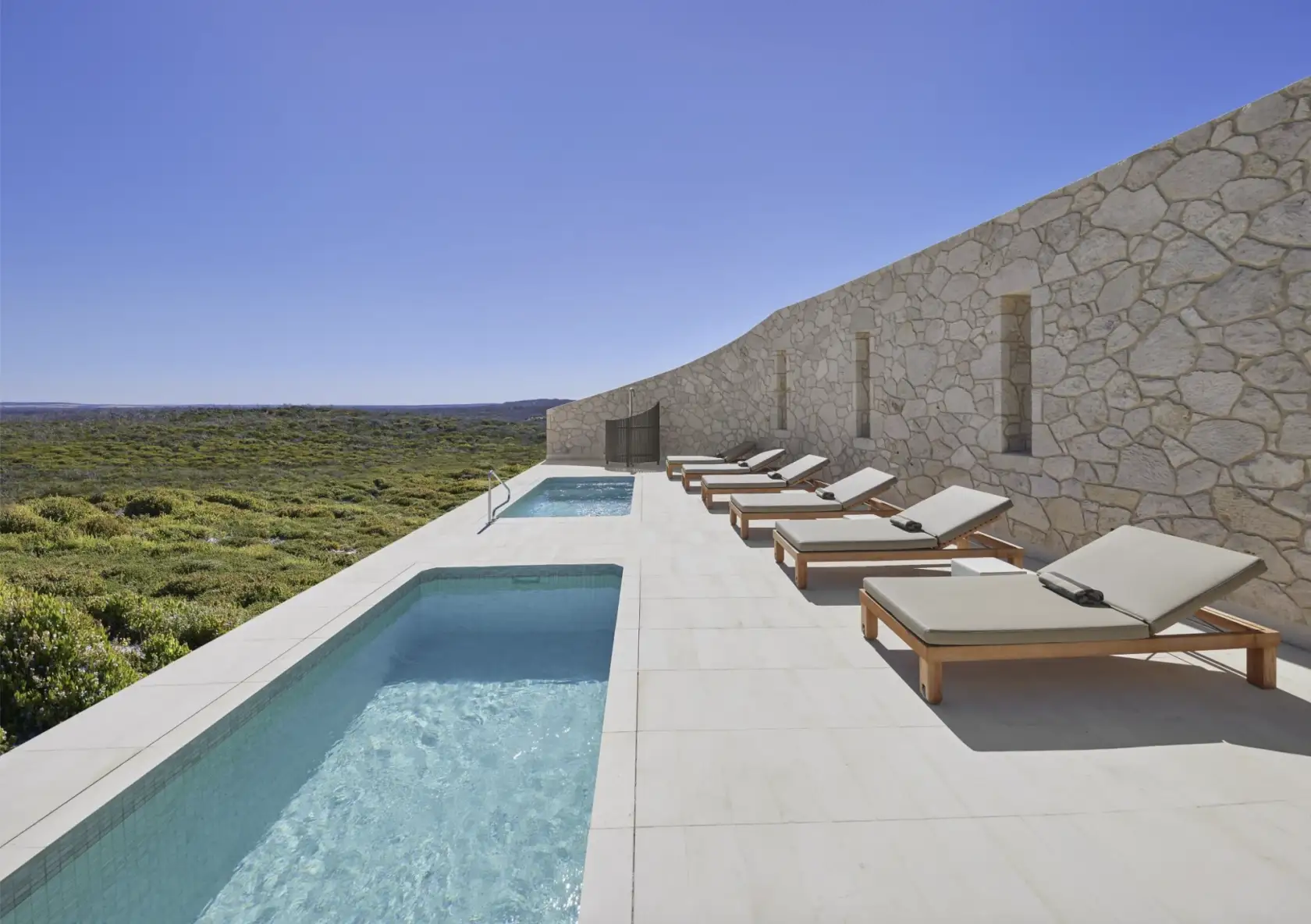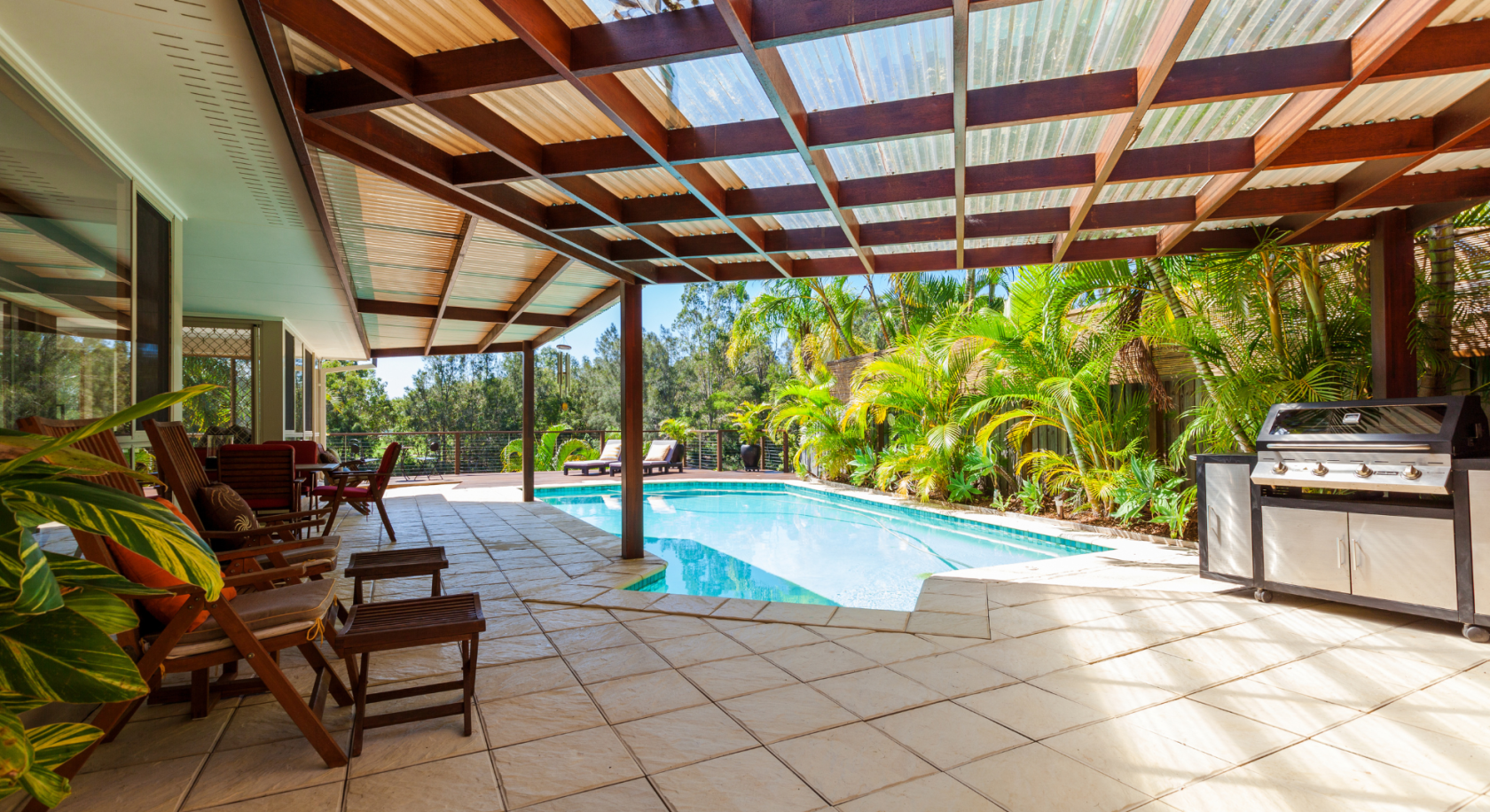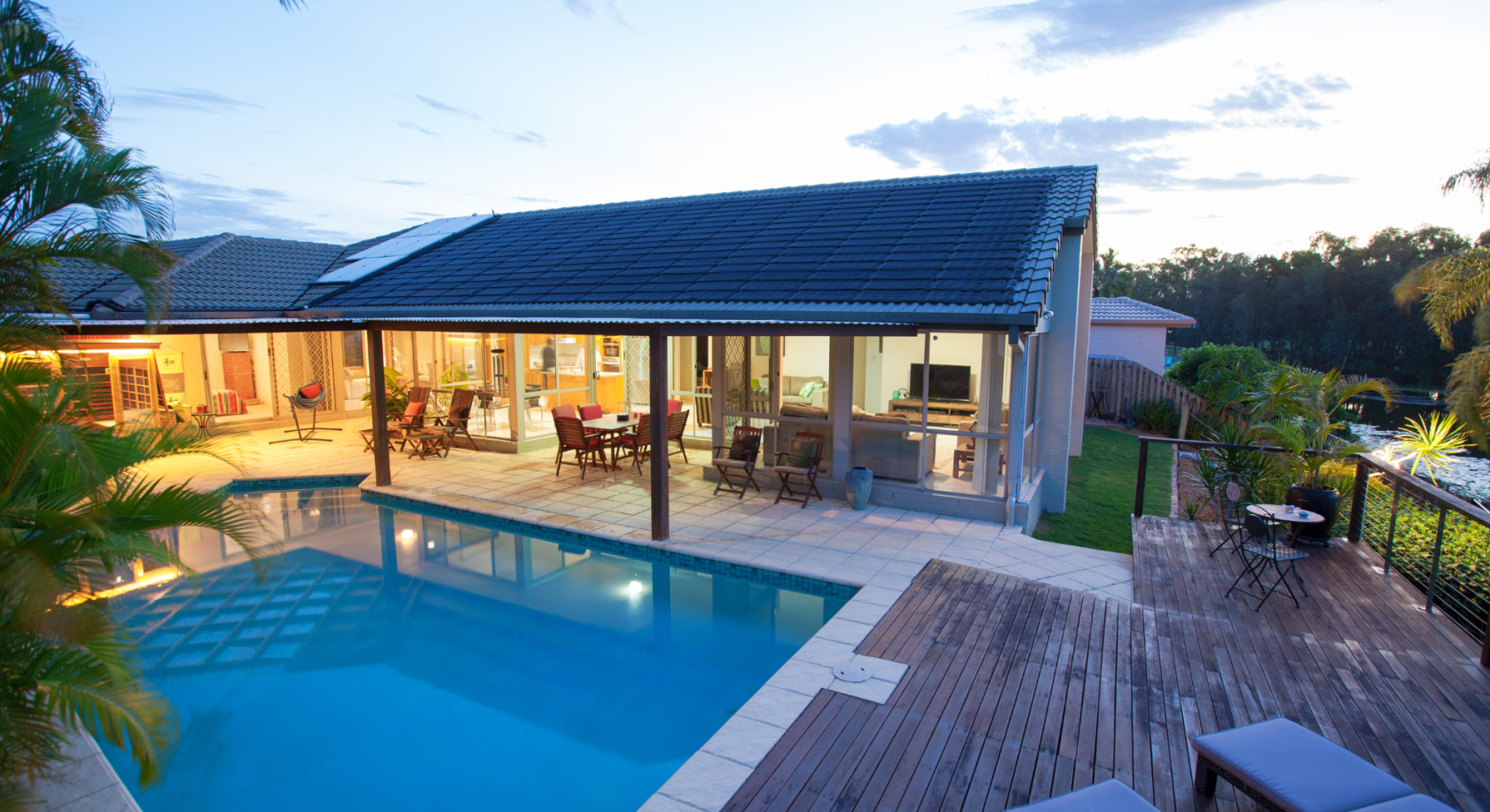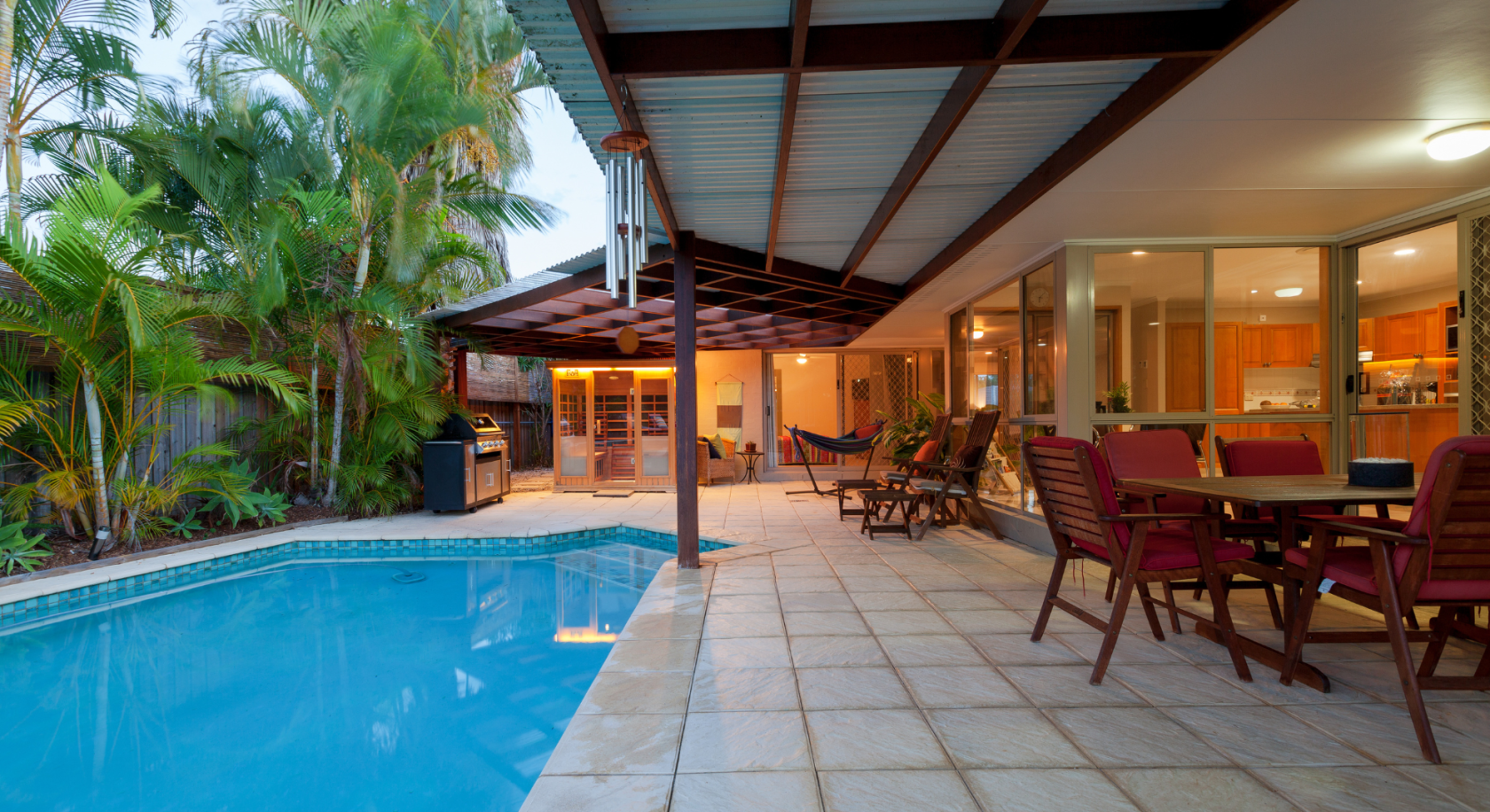

What to Expect When Building a Pool
Building a pool takes more than digging and filling a hole with water. Here’s what you can expect on the journey to backyard bliss.
Designing and building a new swimming pool takes time. From the moment you decide to invest in the health and happiness a pool delivers, you’ll be faced with facts, figures and plenty of questions. To keep the process smooth, it helps to understand the various project phases and time required for each.


Some Considerations Before You Begin
You’ll need to do a bit of groundwork before you schedule an initial consultation with a builder. Think about the following so you are ready when the questions start:
How much of your backyard do you want to utilise?
What is your vision for the rest of the landscaping?
Do you have house plans and do they show the elevation of your block?
Do you have sewer or stormwater drains running under the property?
Is there enough access for a machine – you’ll need a minimum of 2 metres – and will you need any consent for access from your neighbours?
The material you choose to construct your pool will influence installation timelines, so just be aware that this may vary by weeks or months depending on your choice and the size and scale of the project.

Stage One – Initial Consultation
Once you've decided to take the plunge, your first interaction with the pool and spa industry is seeking an initial consultation. This will probably take a couple of weeks and may involve a pool supplier, builder, contractor, designer, architect and/or engineer. You can expect the following things to take place:
An initial site visit – where the contractor or builder will conduct an inspection and discuss your requirements in detail.
Design consultation – depending on your requirements and any complexities that influence the overall design and construction process, you may engage an architect, engineer or other design professional.
Provision of a written quotation – including particulars on contract terms and applicable warranties.
Contract finalisation and signing will include your pool’s physical design details (shape, size, water depth, interior finish, filtration and access). It will outline the progress payments schedule, including payment due dates, what each payment covers specifically and what will happen in the event of unforeseen circumstances or delays. It should also outline warranty terms on the pool and equipment.
Stage Two – Council Approvals
This stage can be lengthy, taking anywhere from just a few weeks to a couple of months, depending on the approval process in your state or territory.
Things may move a little slower than you would like, but getting approval is required to ensure your pool is built to plan. Check with your local council if you are unsure about what is involved. Approval ensures that your pool meets all the applicable legal requirements, including local structural and safety obligations and state-mandated conditions.
You’ll need to check with your water provider to see if any water restrictions are in place before filling your pool and you will also need permission from the local water authority before filling up using mains water.

Stage Three – Installation or Construction
Installation or construction is the largest variable in a new pool project. A prefabricated plunge or above-ground pool can take as little as two or three days, but you'll be looking at close to eight weeks for a concrete build. Fibreglass and composite/vinyl-lined pools will generally take three to four weeks to finish.
Processes include:
Excavation and earthworks
Construction (in the case of concrete or composite/vinyl-lined pools) or shell installation (in the case of fibreglass pools)
Tiling
Laying the coping
Safety barrier installation
Filling the pool and balancing the water
Depending on your location, there may also be a requirement for staged inspections by the council or a private certifier throughout the process. Ask your contractor to explain this process in more detail.

Stage Four – Handover
Handover should include provision of a checklist and a comprehensive run-down on how to maintain and protect your new investment.
Make sure your builder or contractor covers off the following:
Provision of a certificate of completion or similar
Explanation of statutory and manufacturer warranties
Provision of equipment and accessories information, including instruction or operations manuals
Explanation of pool safety instructions
Start-up and running procedure instruction
Maintenance schedule steps and recommendations
Referral to a qualified SPASA service technician for ongoing maintenance and advice
Once the handover is complete, it’s time to grab friends and family, dive on in and enjoy all the benefits of pool ownership!
We’ve provided this information on average installation and construction time frames as a general guide. Every pool is different, so your installation may take more – or less – time, based on specific project variables. The average times provided do not account for extraordinary circumstances or events, like access difficulties or material choices that may delay construction.
These times also exclude additional after-the-fact processes like paving or landscaping. Your contractor can provide a more detailed and accurate plan based on project specifics.
Ready to build your dream pool? Connect with a trusted SPASA Member near you at Find a Provider

